Researchers control the speed of sound in an ultracold gas, mimicking features of a curved spacetime and reproducing quantum field behavior predicted in early Universe models.
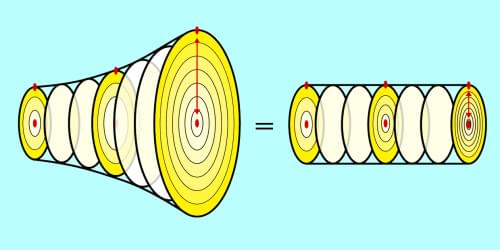


Physical dynamical processes can be modelled with differential equations that may be solved with numerical approaches, but this is computationally costly as the processes grow in complexity. In a new approach, dynamical processes are modelled with closed-form continuous-depth artificial neural networks. Improved efficiency in training and inference is demonstrated on various sequence modelling tasks including human action recognition and steering in autonomous driving.

In a recent study, charged atoms, also known as ions, have been found to behave strangely during nuclear fusion reactions, in ways that scientists did not expect.
According to a paper published on November 14 in the journal Nature Physics, researchers at the National Ignition Facility (NIF) at Lawrence Livermore National Laboratory discovered that when deuterium and tritium ions, which are isotopes of hydrogen with one and two neutrons, respectively—are heated using lasers during laser-fusion experiments, there are more ions with higher energies than expected when a thermonuclear burn starts.
“The process of inertial confinement fusion (ICF) squeezes a small (1mm radius) capsule filled with a layer of frozen deuterium and tritium (isotopes of hydrogen) surrounding a volume of deuterium and tritium gas down to a radius of about 30 micrometers. In the process, these isotopes of hydrogen ionize and a plasma of electrons, deuterium and tritium nuclei [is the result],” Edward Hartouni, a physicist at NIF and a co-author of the paper, told Newsweek.

Meta introduces ‘Tulip,’ a binary serialization protocol supporting schema evolution. This simultaneously addresses protocol reliability and other issues and assists us with data schematization. Tulip has multiple legacy formats. Hence, it is used in Meta’s data platform and has seen a considerable increase in performance and efficiency. Meta’s data platform is made up of numerous heterogeneous services, such as warehouse data storage and various real-time systems exchanging large amounts of data and communicating among themselves via service APIs. As the number of AI and machine learning ML-related workloads in Meta’s system increase that use data for training these ML models, it is necessary to continually work on making our data logging systems efficient. The schematization of data plays a huge role in creating a platform for data at Meta’s scale. These systems are designed based on the knowledge that every decision and trade-off impacts reliability, data preprocessing efficiency, performance, and the engineer’s developer experience. Changing serialization formats for the data infrastructure is a big bet but offers benefits in the long run that make the platform evolve over time.
The Data Analytics Logging Library is present in the web tier and the internal services, and this is also responsible for logging analytical and operational data using Scribe-a durable message queuing system used by Meta. Data is read and ingested from Scribe, which also includes a data platform ingestion service and real-time processing systems. The data analytics reading library helps deserialize data and rehydrate it into a structured payload. Logging schemas are created, updated, and deleted every month by thousands of engineers at Meta, and these logging schema data flows in petabytes range each and every day over Scribe.
Schematization is necessary to ensure that any message logged in the past, present, or future, depending on the (de) serializer’s version, can be reliably (de)serialized at any time with the utmost fidelity and no data loss. Safe schema evolution via backward and forward compatibility is the name given to this characteristic. The article’s main focus lies on the on-wire serialization format used to encode the data that is finally processed by the data platform. Compared to the two serialization formats previously utilized, Hive Text Delimited and JSON serialization, the new encoding format is more efficient, requiring 40 to 85 percent fewer bytes and 50 to 90 percent fewer CPU cycles to (de)serialize data.
Why nuclear fusion may be the future of energy. Visit https://brilliant.org/undecided to sign up for free. And also, the first 200 people will get 20% off their annual premium membership. Fusion energy is considered by many as the holy grail for supplying all of our clean electricity needs. However, the old joke is that nuclear fusion is always 30 years away, no matter what advances or promises are made. But now there are several privately funded startups that are accelerating nuclear fusion development with the ultimate goal of commercializing electricity production much sooner than you might think possible. There’s a lot of interesting developments and news around these companies to sift through. What makes each of these companies’ fusion promises unique compared to what’s come before? And will they finally break that 30 year curse?
Watch The Future of Solid State Wind Energy — No More Blades https://youtu.be/nNp21zTeCDc?list=PLnTSM-ORSgi4dFnLD9622FK77atWtQVv7
Commonwealth Fusion Systems video: https://youtu.be/-KEwkWjADEA
Sabine Hossenfelder YouTube Channel: https://www.youtube.com/watch?v=LJ4W1g-6JiY
Video script and citations:
https://undecidedmf.com/why-nuclear-fusion-is-closer-than-you-think/
Follow-up podcast:

You might expect a comic book series featuring art generated entirely by artificial intelligence to be full of surreal images that have you tilting your head trying to grasp what kind of sense-shifting madness you’re looking at.
Not so with the images in The Bestiary Chronicles, a free, three-part comics series from Campfire Entertainment, a New York-based production house focused on creative storytelling.
The visuals in the trilogy — believed to be the first comics series made with AI-assisted art — are stunning. They’re also stunningly precise, as if they’ve come straight from the hand of a seasoned digital artist with a very specific story and style in mind.
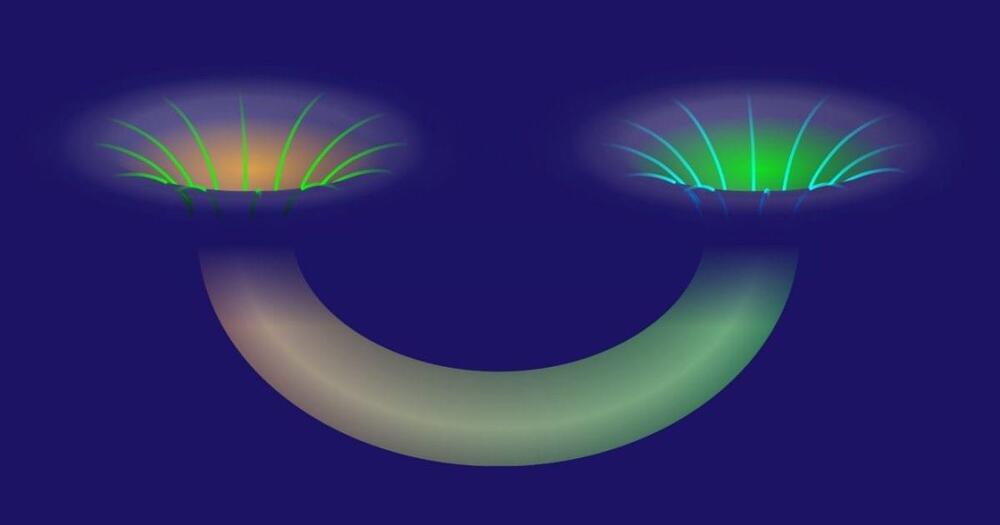
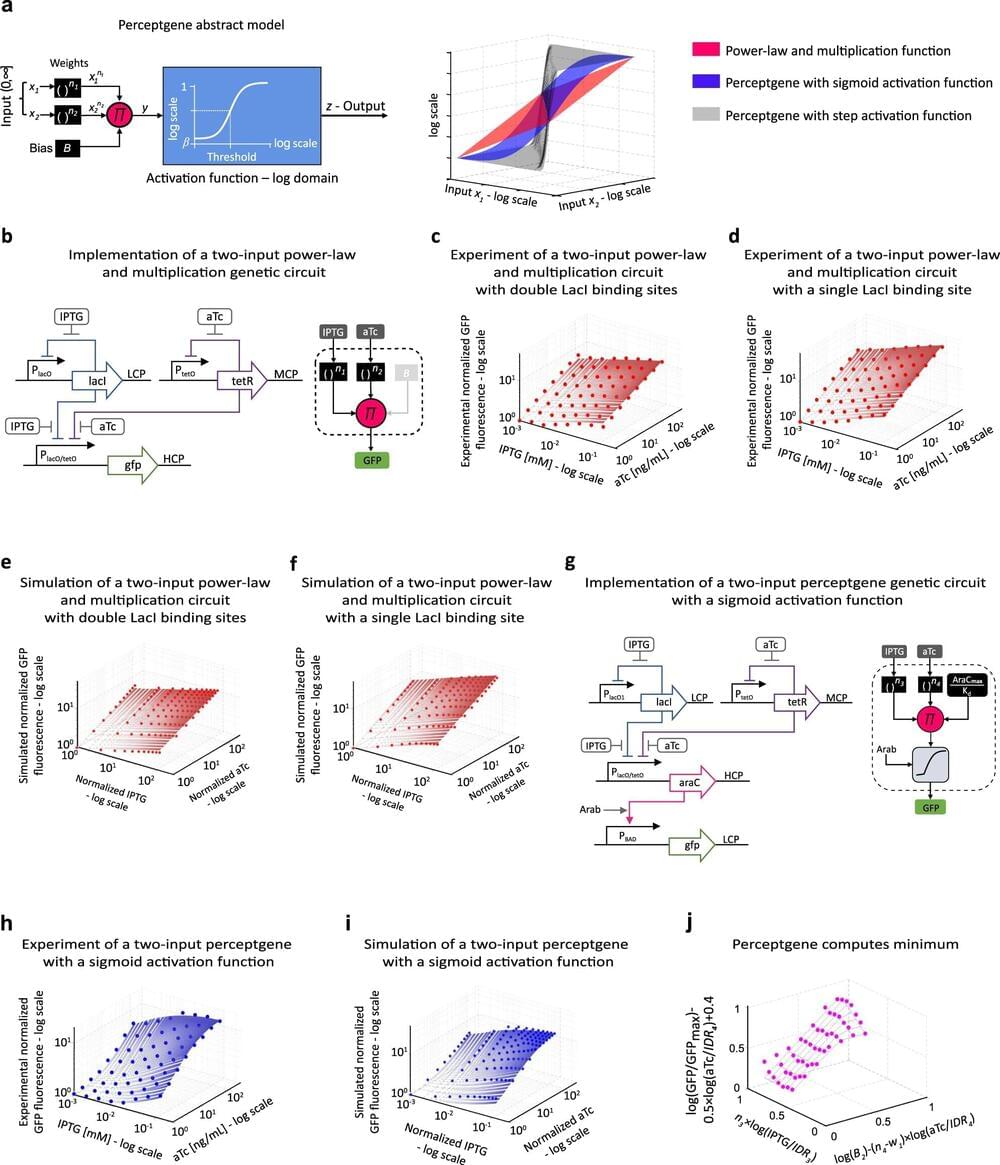
Bringing together concepts from electrical engineering and bioengineering tools, Technion and MIT scientists collaborated to produce cells engineered to compute sophisticated functions— biocomputers of sorts.
Graduate students and researchers from Technion—Israel Institute of Technology Professor Ramez Daniel’s Laboratory for Synthetic Biology & Bioelectronics worked together with Professor Ron Weiss from the Massachusetts Institute of Technology to create genetic “devices” designed to perform computations like artificial neural circuits. Their results were recently published in Nature Communications.
The genetic material was inserted into the bacterial cell in the form of a plasmid: a relatively short DNA molecule that remains separate from the bacteria’s “natural” genome. Plasmids also exist in nature, and serve various functions. The research group designed the plasmid’s genetic sequence to function as a simple computer, or more specifically, a simple artificial neural network. This was done by means of several genes on the plasmid regulating each other’s activation and deactivation according to outside stimuli.
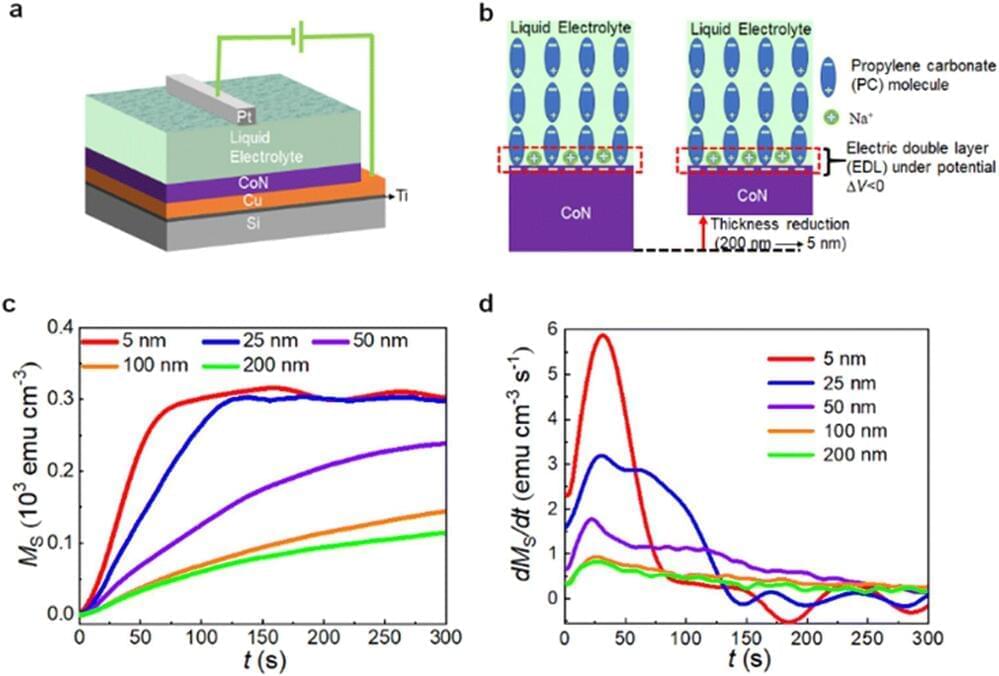
Universitat Autònoma de Barcelona (UAB) researchers have developed a magnetic material capable of imitating the way the brain stores information. The material makes it possible to emulate the synapses of neurons and mimic, for the first time, the learning that occurs during deep sleep.
Neuromorphic computing is a new computing paradigm in which the behavior of the brain is emulated by mimicking the main synaptic functions of neurons. Among these functions is neuronal plasticity: the ability to store information or forget it depending on the duration and repetition of the electrical impulses that stimulate neurons, a plasticity that would be linked to learning and memory.
Among the materials that mimic neuron synapses, memresistive materials, ferroelectrics, phase change memory materials, topological insulators and, more recently, magneto-ionic materials stand out. In the latter, changes in the magnetic properties are induced by the displacement of ions within the material caused by the application of an electric field.
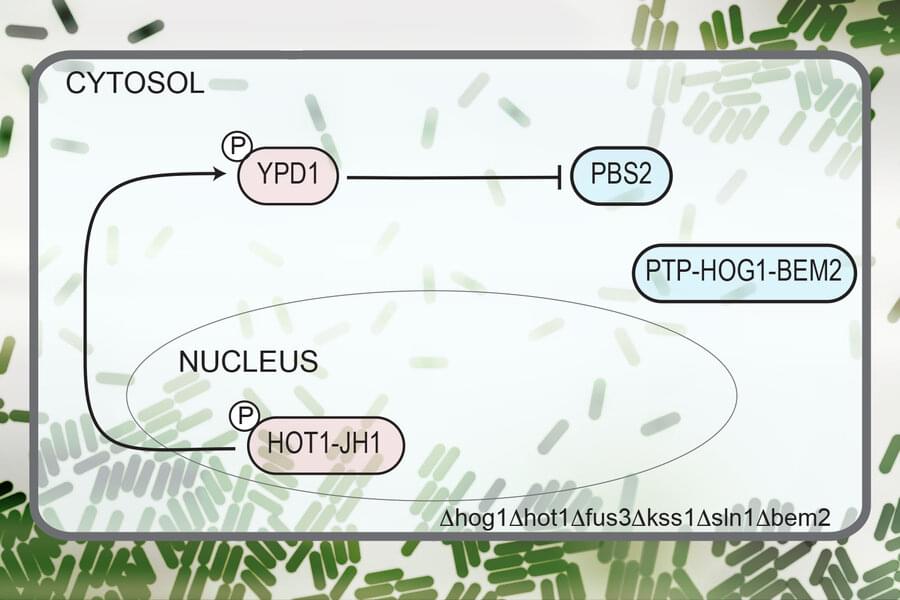
Synthetic biology offers a way to engineer cells to perform novel functions, such as glowing with fluorescent light when they detect a certain chemical. Usually, this is done by altering cells so they express genes that can be triggered by a certain input.
However, there is often a long lag time between an event such as detecting a molecule and the resulting output, because of the time required for cells to transcribe and translate the necessary genes. MIT synthetic biologists have now developed an alternative approach to designing such circuits, which relies exclusively on fast, reversible protein-protein interactions. This means that there’s no waiting for genes to be transcribed or translated into proteins, so circuits can be turned on much faster—within seconds.
“We now have a methodology for designing protein interactions that occur at a very fast timescale, which no one has been able to develop systematically. We’re getting to the point of being able to engineer any function at timescales of a few seconds or less,” says Deepak Mishra, a research associate in MIT’s Department of Biological Engineering and the lead author of the new study.